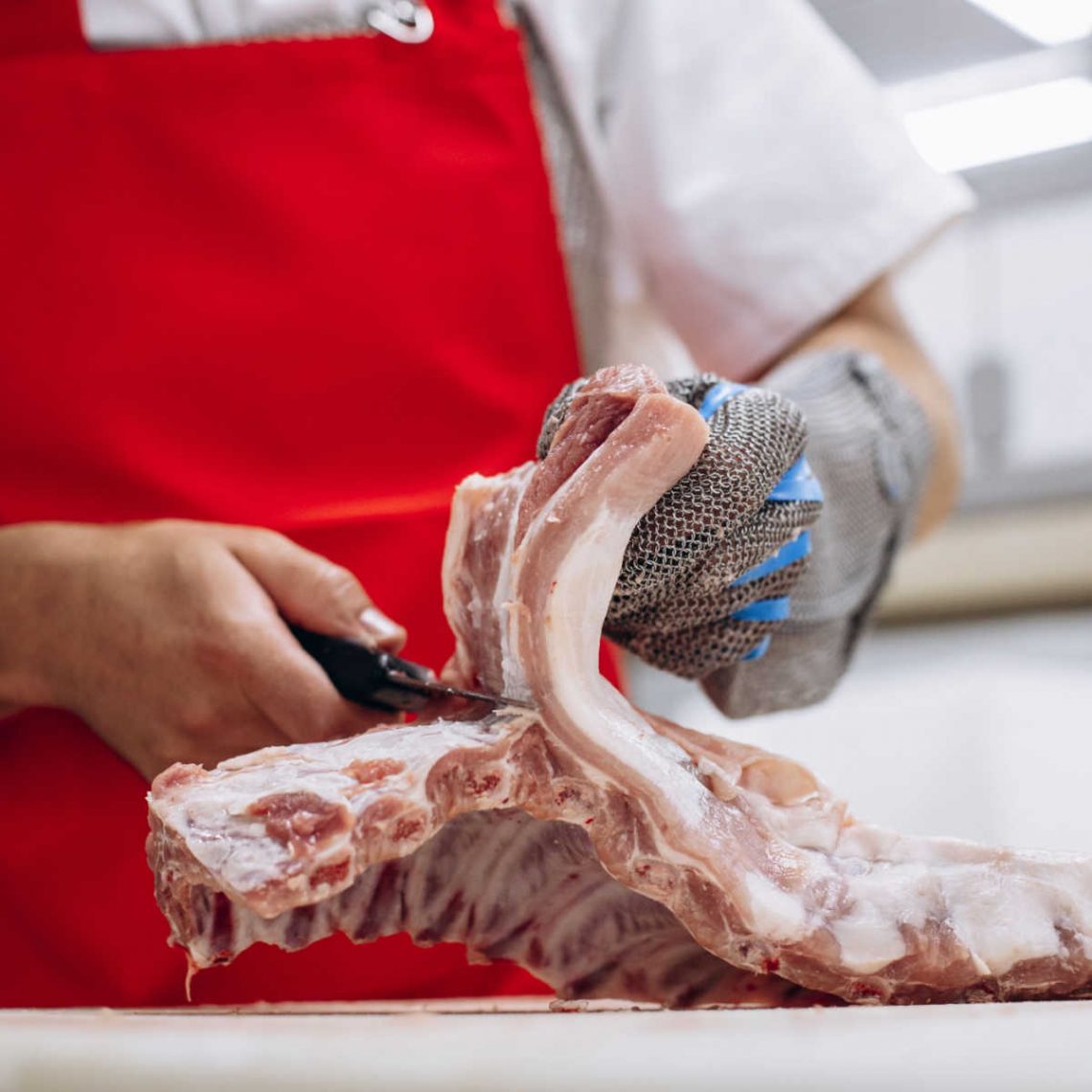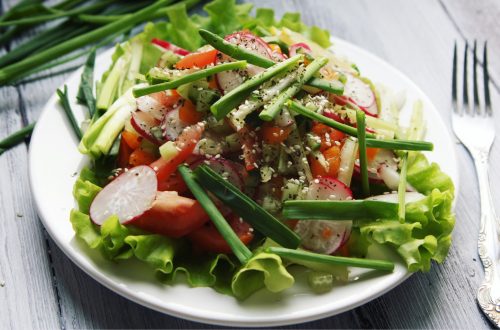
Reducing Food Waste: One of the Original Recyclers
When we think about it, most of us want to do our part to reduce food waste. After all, it contributes to about 8% of greenhouse gas emissions. But most people are unaware of a large industry that has existed for hundreds of years and that accounts for recycling 56 billion pounds of unwanted food material.
This under-the-radar category is called rendering. Industrial plants collect and process all the bones, blood, fats, and feathers that are removed before the meat is sent to restaurants and other food purveyors. The renderers cook it, then separate the oils and dry the solids to recover the fats and proteins for reuse: livestock feed, fertilizer, solvents and paints, rubber tires, biofuel, soaps, lubricants, detergents, shampoo, and even crayons and lipstick.
Recycling oil and baked goods
The industry is not just limited to meat byproducts. Some renderers collect used restaurant cooking oils to process into industrial oils and biofuel. Others process bakery goods – the stale and past sell-by items – for animal feed.
I wonder whether other opportunities might exist for communities to tie into some part of this industry to further reduce the amount of food that would otherwise go to landfills. But nobody seems to know about this process.
In fact, a story from Bloomberg this week reported on a Chinese startup company that is collecting the oil from Chinese hot pot restaurants to turn into jet fuel, as if this is an entirely new industry. The problem isn’t just with journalists. Environmental advocates also seem unaware. I recently asked a friend who has been at the forefront of advocating local environmental issues and reducing food waste if he knew anything about this huge industry. Nope.
Here are a few details about the rendering process. For those plants that deal with cattle and hog byproducts, the meat and bone meal ends up as livestock feed and pet products. The blood is reduced to blood meal and fertilizer. And the tallow from the fat is separated into its chemical parts: oleic acid, glycerin, stearic acid, and linoleic acid. As for poultry, the same products result, with the addition of feather meal, a very high-protein product used for livestock feed and fertilizer. Similarly, fish rendering produces both high-protein fish meal and fish oil.
Keeping waste out of landfills
The result? Without this $10 billion industry, the byproducts of our food industry would use up all available landfill space in four years. The rendered fats account for 28% of the feedstock for biofuels production. The recycled animal food replaces the need for an additional six million acres of crop land. Just the recycling of the more than two billion pounds of meat and poultry waste from grocery and food purveyors each year equals the production of an additional 400,000 acres of soybeans.
Here’s an easy and productive action for those concerned about the environment and reducing food waste. Talk with the owners or managers of your favorite restaurant, grocery store, and meat market to make sure that they’re making use of rendering, where accessible and appropriate. You’ll be doing all of us a favor.
Do have ideas for topics you’d like me to cover? Or comments on this blog? Please click on “Read in Browser” or on the headline to view the blog on the website. You can log in and comment at the end of the blog to share your thoughts and start a discussion.
If you’d like to share the blog, click on the Facebook icon or one of the others. Thanks!





2 Comments
Stephen Brayton
Who is big in rendering? Any company names we might recognize?
Farmboy
Some names are Baker Commodities and Darling Ingredients.